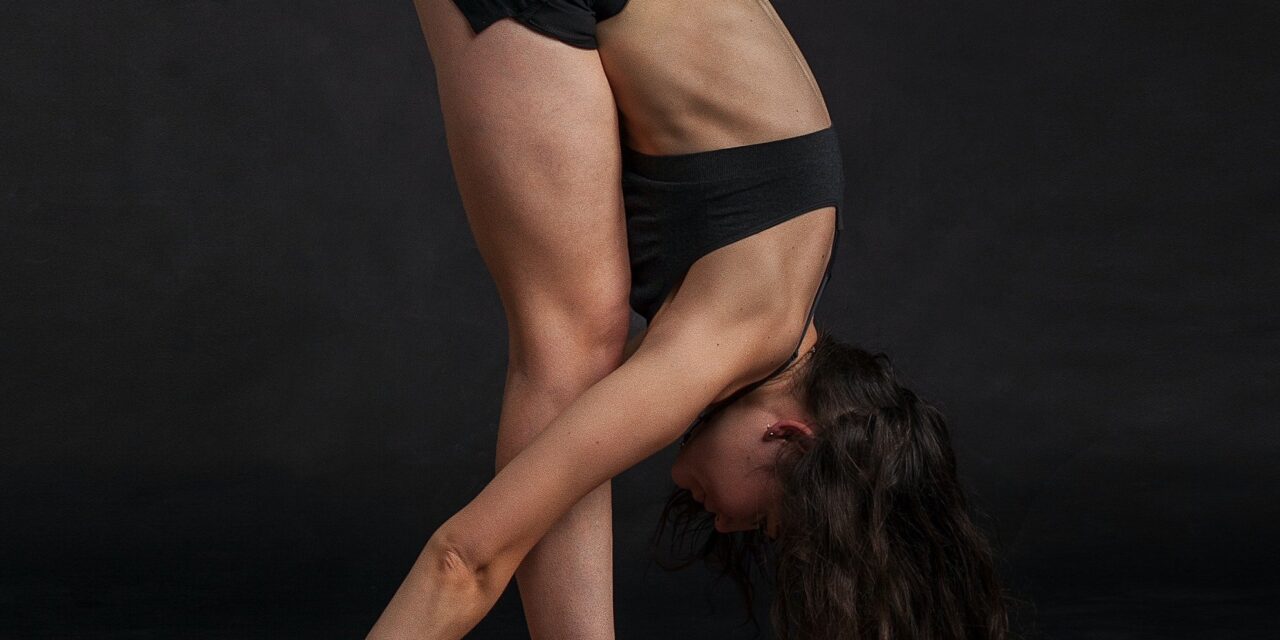Using Yoga To Reduce Low Back Pain
Chronic low back pain can be a debilitating condition and has the potential to affect anyone. In our Boulder Physical Therapy practice, Yoga can be a cost-effective way to help reduce low back pain. This is not just something that makes intuitive sense but has been demonstrated in rigorous scientific studies that provide hard numbers...

